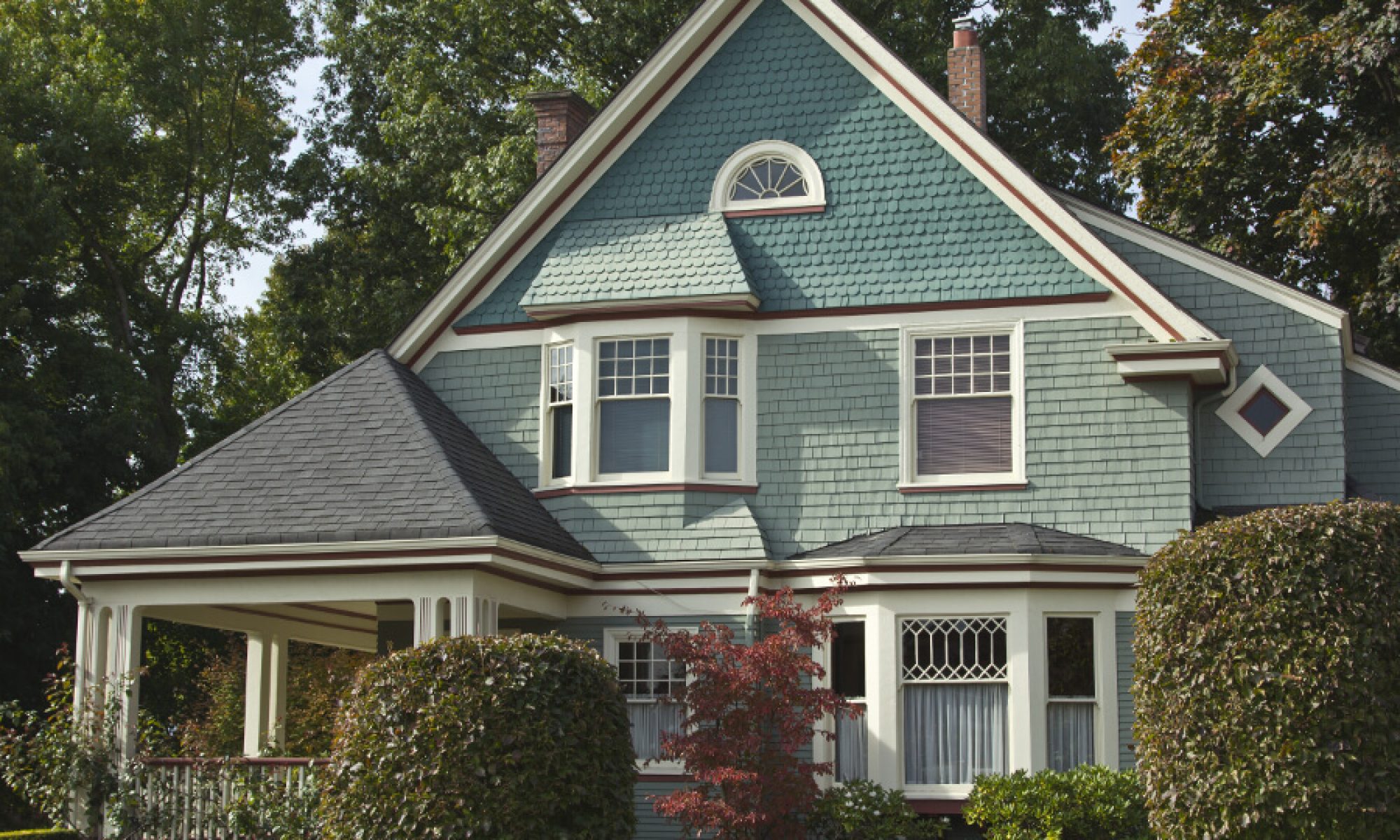CONTROL AIR LEAKAGE. Uncontrolled air leakage can account for 30 to 40% of the heating bill.
Cracks through the building envelope (exterior walls) allow moist air to leak out and cold dry air to leak in. This makes the home uncomfortable and may cause some structural damage if excessive condensation is allowed to develop within the walls.
-
- Homeowners should caulk all cracks from the inside such as around window frames, baseboards, sill plates, openings for pipes, and wiring,
-
- Homeowners must weatherstrip all windows and doors.
INSULATE THE ATTIC
-
- The attic usually accounts for 30 to 50% of heat loss. This space is generally the easiest and least expensive area to insulate.
-
- All penetrations in the attic ceiling should be sealed before insulating to protect against possible moisture damage in the attic.
-
- Installing fibreglass batts is the easiest for the homeowner to accomplish on their own. Blown-in insulation is more economical and provides a more complete blanket of insulation with little or no thermal telegraphing of heat through voids or truss penetrations.
-
- Suggested minimum ventilation is one square foot of ventilation for every 300 square feet of attic space. However, at least 60% of the ventilation introduced to the roof space must be at the eaves or soffit.
INSULATE THE BASEMENT
-
- Typically, heat loss in the basement accounts for 20 to 25% of the heating bill.
-
- Insulating the exterior or the interior of the basement improves thermal efficiency. All wall penetrations should be sealed first. Basement insulation is the most cost effective when done in conjunction with other repair or remodeling work. Be aware that exterior insulation work is very costly to undertake.
-
- Installing a “moisture barrier” at the interior of the foundation walls is advisable before applying interior insulation. This will keep the insulation from becoming wet, if or when the basement walls become damp from condensation or other moisture problems. Do not confuse this with ‘vapour barrier’ which needs to be installed on the warm side of the insulation.
Copyright (2003) CBCG – Reprinted with permission

